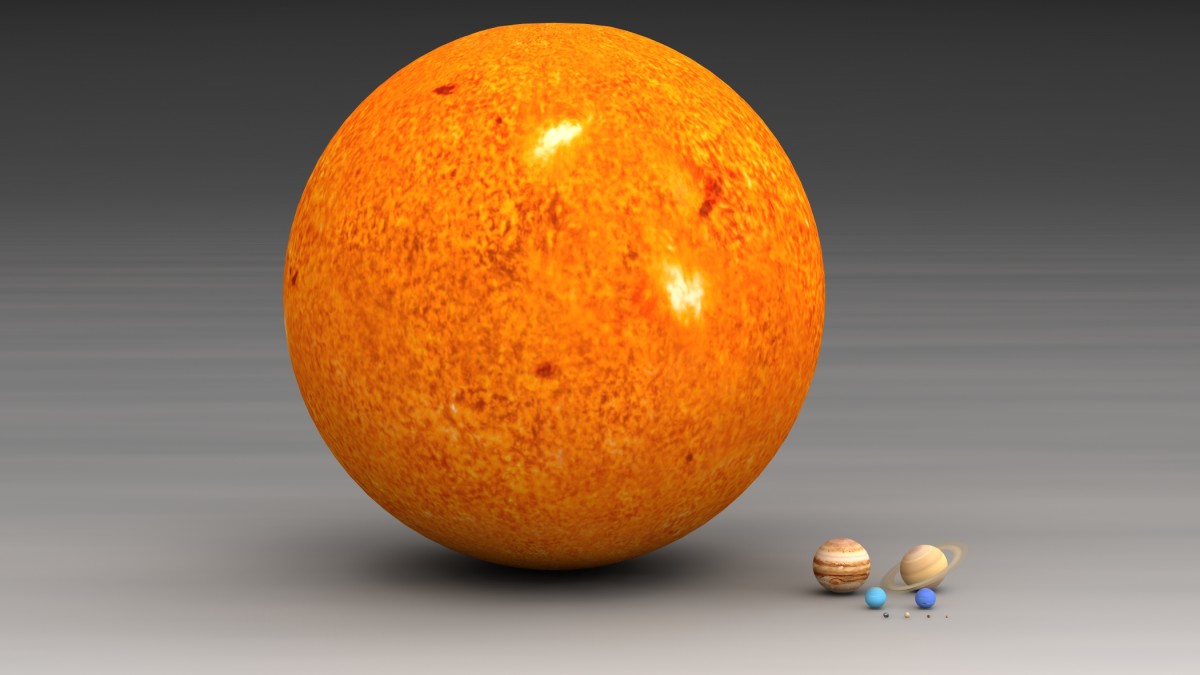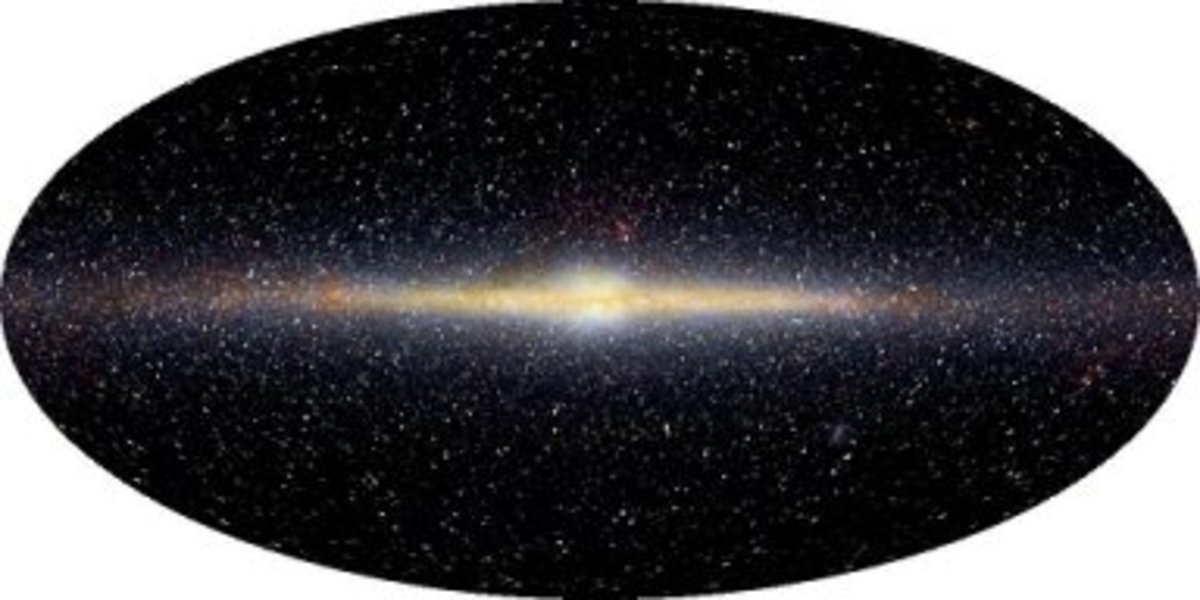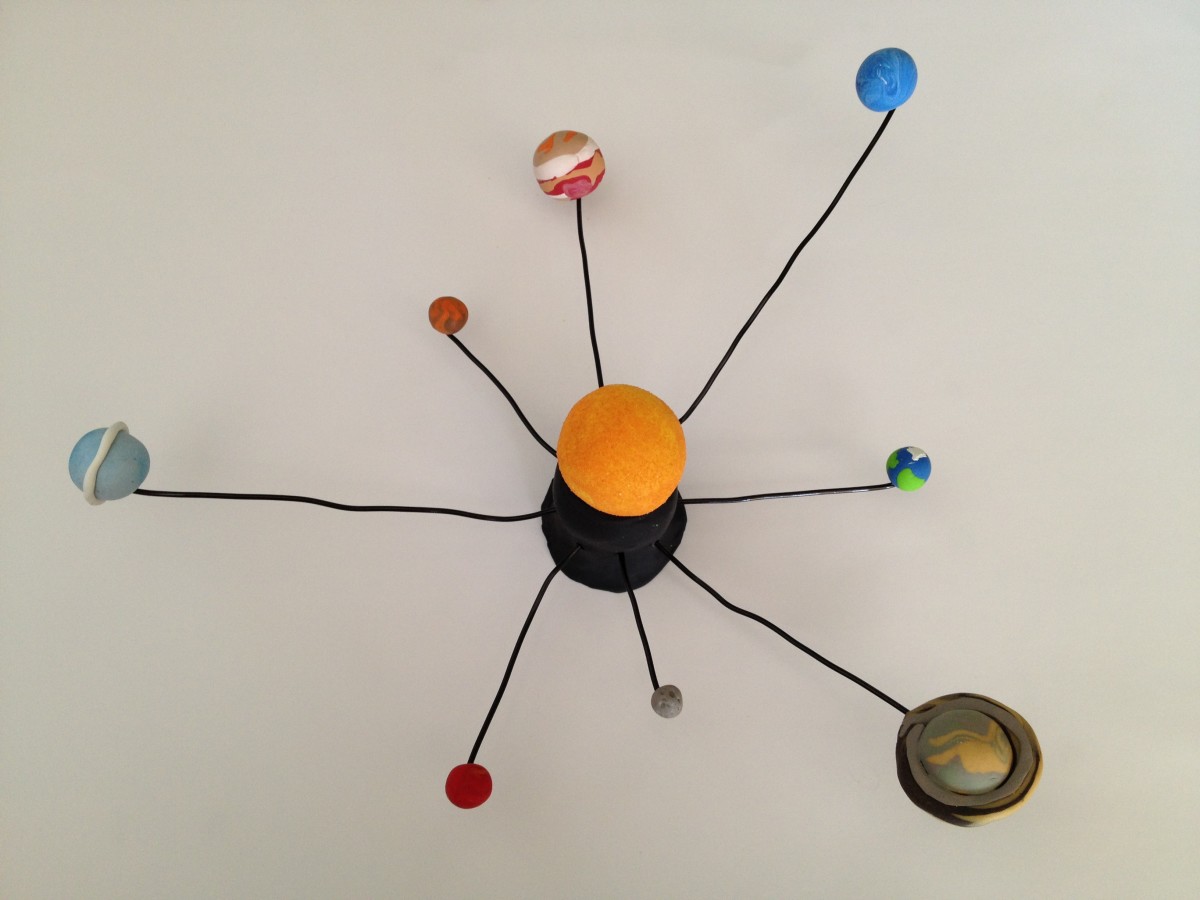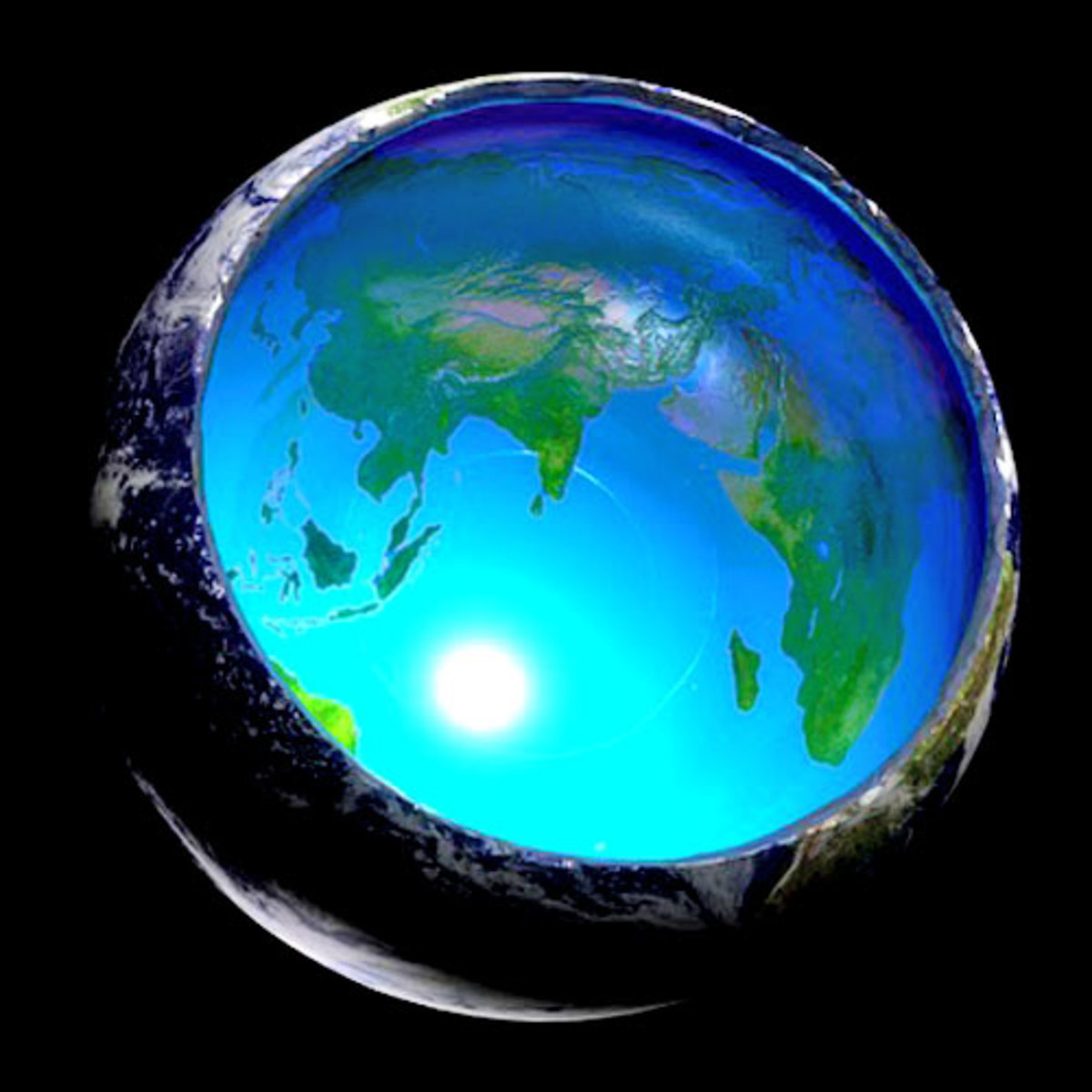Could the Mystery of the Milky Way hold the Key to Future Life on Planet Earth?
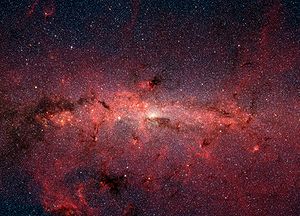
The Milky Way, Evolution, and Life on Planet Earth
The Milky Way, sometimes called simply the Galaxy, is the galaxy in which our Solar System is located. It is a barred spiral galaxy that is part of the Local Group of galaxies. It is one of billions of galaxies in the observable universe. Its name is a translation of the Latin Via Lactea, which derives from the Greek Γαλαξίας (Galaxias or Galaxiases), both of which refer to the pale band of light formed by the galactic plane as seen from Earth (see etymology of galaxy). Some sources hold that, strictly speaking, the term Milky Way should refer exclusively to the band of light that the galaxy forms in the night sky, while the galaxy as an astrophysical whole should receive the full name Milky Way Galaxy, or alternatively the Galaxy.[4][5][6] However, it is unclear how widespread this convention is, and the term Milky Way is routinely used in either context. (Source: http://en.wikipedia.org/wiki/Milky_Way
The Milky Way is a community of stars that boasts a stellar population of more than 100 to 300 billion members. Its density is so immense that light from one side takes approximately 100 thousand years to reach the opposite side. The Milky Way is a spiral galaxy which is home to the planet earth. It consists of a diameter of approximately 100 thousand light years. Light moves at the speed of 186,272 miles or 300,000 kilometer per second. The earth’s Sun is approximately 30,000 light years from the center of the Milky Way Galaxy. The light that’s visible from the center of the Milky Way left the galaxy a remarkably 30,000 years earlier. The planet earth is positioned approximately 26 thousand light years from the center of the galaxy on what is identified by scientists as “Orion Arm.” Unfortunately, habitants of planet earth have a skewed view of the galaxy because earth is located inside the galaxy itself. Looking outward the Milky Way appears to encircle the earth, passing through a band of constellations beginning with Perseus. (the mystical son of Zeus and Danae). From Perseus it connects to Cassiopeia , (Mystical mother of Andromeda), which connects to Aquila (Mystical bird owned by Zeus) and then with Sagittarius , ending with Crux which rejoined with Perseus. The Milky Way appears brightest in the direction of Sagittarius, where the galactic center lies. All this is excellent information but what correlation does the Milky Way Galaxy have with future life on planet Earth?
Enter the researchers at the University of California…..
These reseachers discovered that the rise and fall of species on planet earth appear to be affected by the wave like motions of our solar system as it travels through the Milky Way. Some scientists believe this cosmic force may provide answers to a few of earth’s missing biological history, filling in gaps unexplained by evolution. Historical records of marine fossils suggest that biodiversity increases and decreases based on a 62-million-year cycle. Historical data also suggests that two of earth mass extinctions - the Permian (250 million years BCE) and the Ordovician (450 million years BCE) corresponds with this cycle. Evolutionists have made multiple attempts to explain these events without success. So how are these unexplainable events explained?
Enter the researchers from the University of Kansas…….
Their data suggests that while stars move through space, they often speed through galaxies, approaching close enough to cause a brief cosmic marrying of the other stars and planets. Planet earth moves both towards and away from the Milky Way's center. It also moves up and down through the galactic plane. One complete cycle takes approximately 64 million years, remarkably close to the 62-million year biodiversity cycle. Research has proven that the Milky Way is being pulled gravitationally toward a massive cluster of galaxies, commonly known as the Virgo Cluster, located about 50 million light years away. According to scientists, as the Milky Way rushes towards the Virgo Cluster, it generates a galactic bow shock, causing dangerous cosmic rays. This galactic activity leaves radiation resulting in higher rates of genetic mutations in organisms, interfering with their ability to repair damaged DNA. Researchers believe this destructive activity could lead to the development of new species while terminating others. Cosmic rays are associated with increased cloud covers, which cool the planet by blocking out much needed Sun rays. Cosmic rays also negatively interact with molecules in the atmosphere creating nitrogen oxide, a gas that depletes the planet's ozone layer, which protects the earth from the Sun's harmful ultraviolet rays. On going research is in effect to determine and monitor the galactic cycle of the Milky Way. If additional data confirms the galaxy-biodiversity link, it would confirm its influence on future life on planet Earth. Our emphasis on climate change or global warming may be expanded to the research of extraterrestrial environments as well.
How will this research be accomplished?
One of the vehicles for continuous research and validation will be the Hubble Space Telescope, named after famed astronomer Edwin Hubble, born in Marshfield, Missouri on November 29, 1889. The Hubble Telescope has radically changed and enlarged our view and understanding of the cosmos and where we fit in. The Telescope is a cooperative project of NASA and ESA (European Space Agency). It was launched into orbit in 1990 approximately 600 kilometers (375 miles) above the earth, allowing an unrivaled, undisturbed view into deep space. Within the past three years alone, the Hubble has delivered an unimaginable collection of scientific discoveries including mapping of cosmic web of dark matter, images of evolving deep-space galaxies, the creation of galaxies using mankind's deepest optical view of the universe, evidence for Dark Energy in the young universe (taken from Hubble’s Ultra Deep Field view), and compelling evidence of monster black holes at the centers of galaxies.
Evidence of the Milky Way’s effect on planet earth are being revealed each day with thousands of uninterrupted images of deep space which will help scientists better understand its cosmic impact and correlation to the evolution of future life on Earth.



